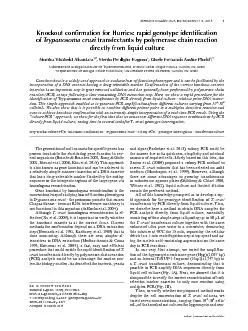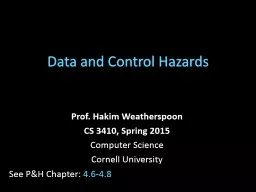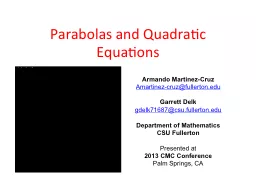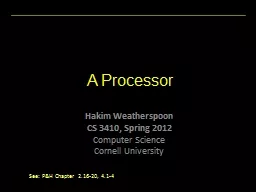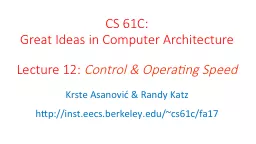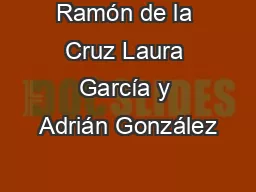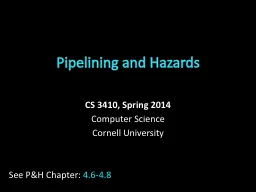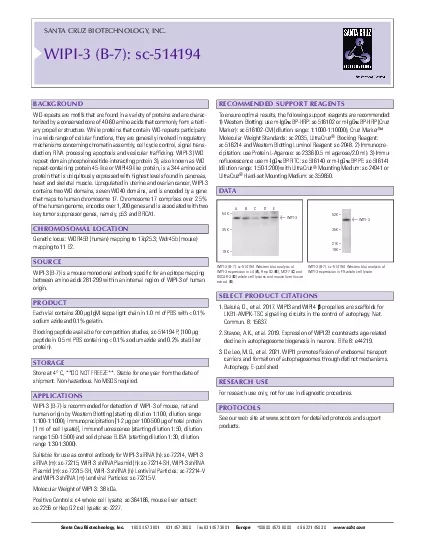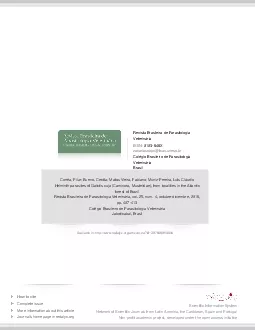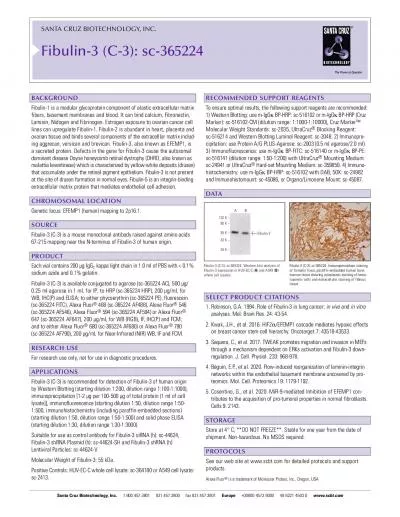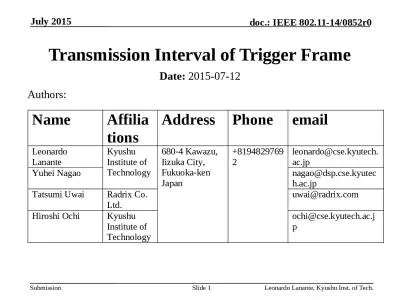PDF-Mem Inst Oswaldo Cruz
Author : calandra-battersby | Published Date : 2015-08-09
Rio de Janeiro 13 2014 1 online memoriasiocfiocruzbr Knockout confirmation for Hurries rapid genotype identification of Trypanosoma cruzi transfectants by polymerase
Presentation Embed Code
Download Presentation
Download Presentation The PPT/PDF document "Mem Inst Oswaldo Cruz" is the property of its rightful owner. Permission is granted to download and print the materials on this website for personal, non-commercial use only, and to display it on your personal computer provided you do not modify the materials and that you retain all copyright notices contained in the materials. By downloading content from our website, you accept the terms of this agreement.
Mem Inst Oswaldo Cruz: Transcript
Download Rules Of Document
"Mem Inst Oswaldo Cruz"The content belongs to its owner. You may download and print it for personal use, without modification, and keep all copyright notices. By downloading, you agree to these terms.
Related Documents

